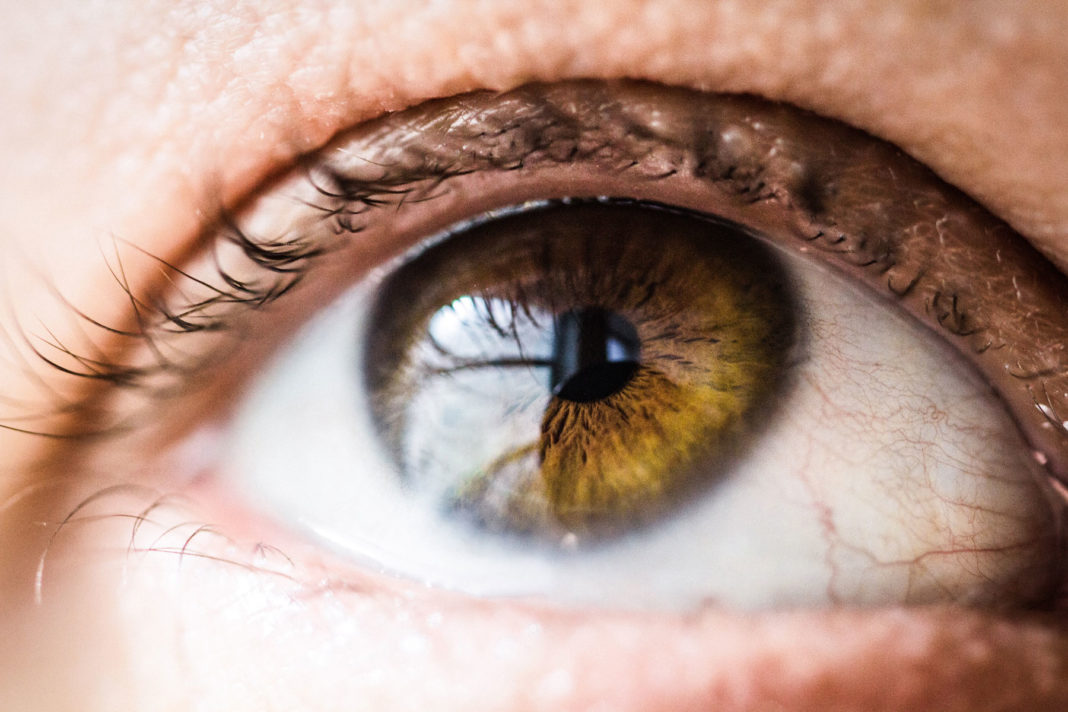Routine eye exams are one of the best health care decisions you can make. Most Americans value their vision more highly than any of their other five senses. Besides visual clarity, did you know that early conditions like diabetes and high blood pressure can be detected during an eye exam?
Optometrists recommend children have their first eye exam as infants, then toddlers, and before entering school. At that time, annual eye exams are prescribed to ensure visual development is on the correct path. Furthermore, a pediatrician may notice potential problems and refer your child to see a specialized optometrist.
Any young adults or adults who have not been to the eye doctor in a few years should also visit the optometrist to have a baseline exam. At this exam, the doctor will establish a vision history, medical history, and conduct exams to locate any vision problems or eye conditions.
At an exam, an optometrist will perform both a vision and an eye exam. The first step would be to assess your accommodative function (the ability to focus on subjects nearby), level of refractive error (indicating the need for corrective lenses), and other vision-related issues. The second will examine the health of the eye itself. This includes retinal health, oculomotor reflexes such as pupil reactions and balance of the ocular muscles, as well as, the binocular function which determines how the eyes work together. Visiting an optometrist will determine if you have:
- Myopia
Nearsightedness, or myopia, is one of the most common vision refraction errors people experience. In myopia, distance objects are blurry, and near objects are clear. In most cases, it begins in childhood and progresses. Myopia is a refractive error of the eye, meaning that the shape of the eye or its cornea improperly bends light as it enters the eye. It’s caused by a variety of factors including eye strain, overuse, and genetic disposition. - Hyperopia
Farsightedness, or hyperopia, is another common refractive error that many people experience. In hyperopia, vision may be blurry at both far and near distances. Most eyestrain is felt doing close visual activities. The shape of your eye does not bend light correctly, causing a blurred image. - Astigmatism
Astigmatism is another member in the group of refractive eye errors. It can occur in conjunction with nearsightedness and farsightedness. Astigmatism is not a disease: it means you have a disturbance or variation in the shape of your cornea. This causes a variable amount of blur for both distance and near vision. - Other ocular complications
Other vision issues like glaucoma, dry eyes, and retinal detachment can be discovered during your eye exam.
Make sure you are getting the most from your exam. To get the most out of your eye exam, make sure your optometrist covers these four things:
- Corrective vision options. Do you understand what options you have to make your vision more clear? You should understand the various types of prescription, and non-prescription, glasses options you could benefit from. Your candidacy for contact lenses should also come up in conversation between you and your eye doctor.
- Overall eye health. You should know what your overall eye health status is upon completion of your eye exam, and what steps should be taken to correct or care for your eye health. Protection of the eyes and prevention of the development of issues should be overviewed as well.
- Enhanced visual performance. Excellent vision you say? Great! However, that doesn’t mean you wouldn’t benefit from enhancing your vision by making it more comfortable. Long hours of computer work, and the strain from modern-day demands on our vision can cause premature dry eye or fatigue. Your eye doctor should discuss options for comfortable, daily vision with you. This may include eyewear, treatments, or therapies.
- Future eye health recommendations. After your exam, there should be a clear and concise plan for your future eye care. This may include your next appointment, incorporating eye care regimens at home, and understanding your personal risk given your current visual status, health and family history of eye diseases.
Often we can’t “feel” or “see” if there’s something wrong with our eyes; so annual eye exams are best. Uncorrected vision problems such as myopia, farsightedness, astigmatism, and a lazy eye can all worsen without proper treatment. Therefore, it is essential that you see your eye doctor regularly. With this guide, you’ll know exactly what should be covered during your eye exam.
Gina Wesley, OD, MS, FAAO
Complete Eye Care
170 Westfalen Trail, Medina
www.completeeyecareofmedina.com







